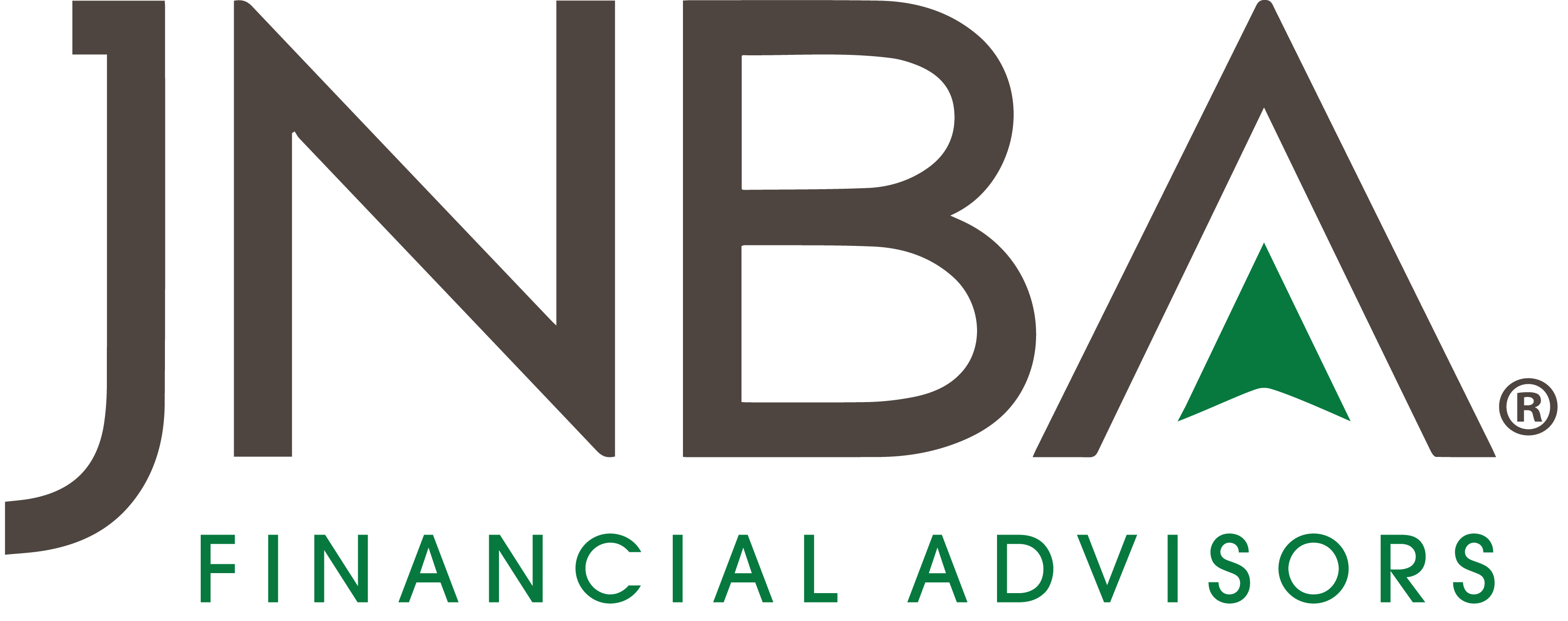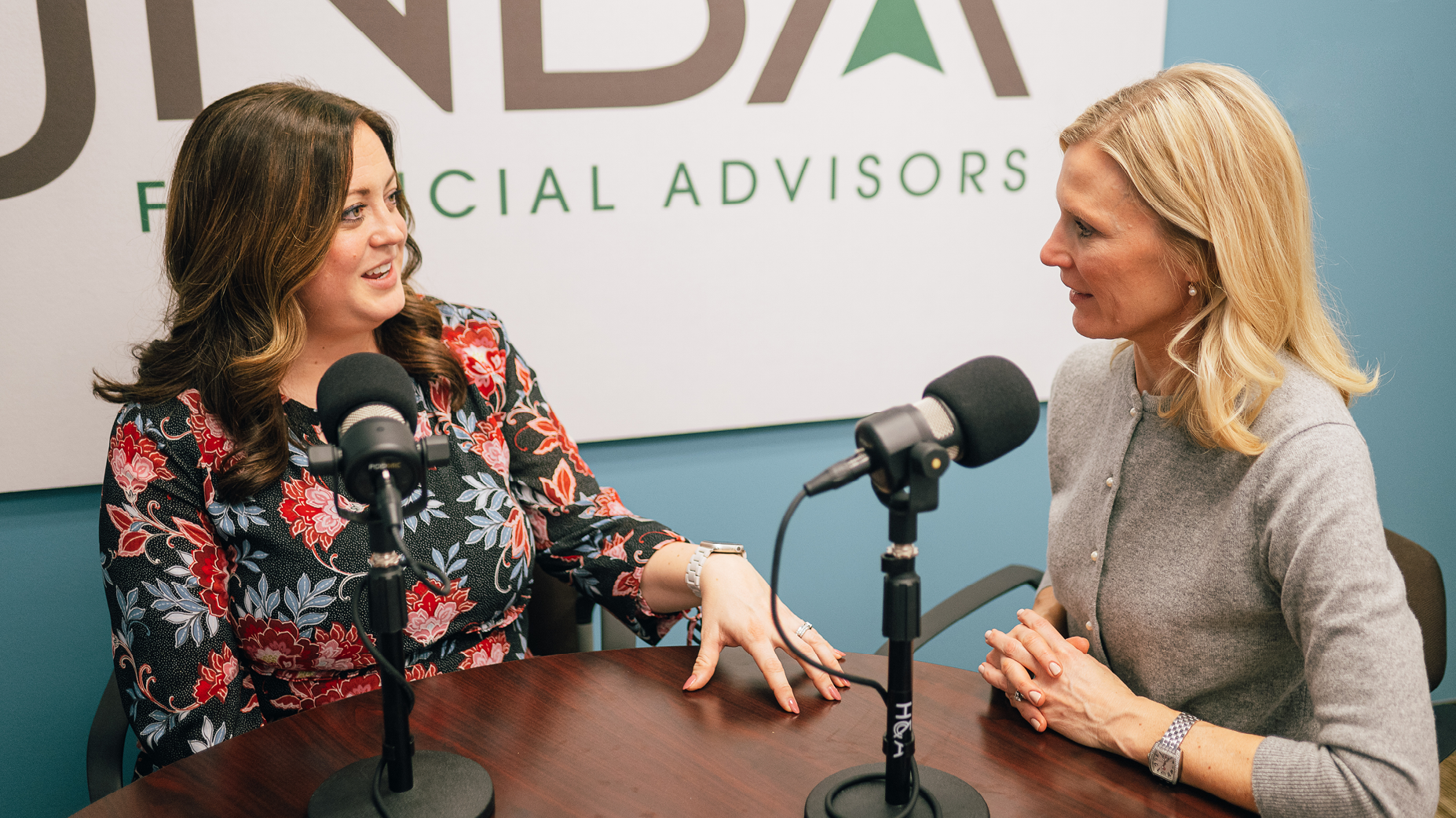We entered 2023 following a historic year that saw negative returns for both equity and fixed income markets for the first time ever. The S&P 500 recorded a 19% decline and the U.S. Aggregate Bond index saw a 13% decline, marking the first instance of consecutive negative return years in U.S. Aggregate Bond index history. Inflationary concerns and a rapid increase in rates by the Federal Reserve led to pain on both sides, which left the outlook for 2023 extremely bleak. In October 2022, a Bloomberg survey of top economists saw 100% of respondents predicting a recession in the next 12 months, and the aggregate forecast for the S&P 500 for 2023 was negative for the first time since 1999.
While these forecasts were understandable at the time, things have fortunately not played out as expected. The stories of the year were the ongoing positive surprises in economic, corporate, and consumer data and the continual postponement of recessionary concerns. In equities, corporate earnings managed to exceed a relatively low bar, albeit driven by only a handful of large cap technology companies. Despite seasonal weakness in the fall, the S&P 500 rallied to near all-time highs in Q4 and is now up 24% YTD. However, returns have varied depending on exposure to such a small portion of the market.
In fixed income, the Fed continued to hike rates throughout the year, but cooling inflation and steady unemployment have brought a light at the end of the tunnel. As the cycle of interest rate hikes approaches its end, U.S. bonds have rallied, overcoming a challenging first 10 months and are now showing modest single-digit gains.
After a tumultuous 12 months, the challenges for predicting market behavior for any given year have been further amplified. 2023 taught us once again how challenging this exercise can be. Uncertainty is unavoidable, but the JNBA Investment Committee believes 2024 may bring some answers to questions that investors have been asking the past two years. This is a dynamic situation and having a base plan of attack is necessary, but flexibility is of utmost importance. As we enter 2024, here is how the markets could play out:
- Overall, we will likely experience a year characterized by declining interest rates, slowing growth, and moderate gains in both stock and bond markets.
- While we consider upside potential for stocks as the base case, we could see a volatile year in both positive and negative directions, with anticipated returns likely falling below longer-term averages.
- Based on recent comments from the Fed, rate cuts could begin in the first half of 2024, and such cuts should provide mid-to-high single-digit returns for diversified portfolios.
- This outlook represents a below-average trend but still a healthy return. General weakness in the first half of the year with a recovery could “trigger” a short, mild recession in the second half, with inflation easing and unemployment rising while remaining in check.
The main question on everyone’s mind is the likelihood and timing of a recession. While markets have managed to navigate challenges so far this year, there is still a prevailing belief that difficulties may still lie ahead. Corporations and consumers are grappling with the repercussions of 18+ months of rate hikes to stymie inflation, which has raised borrowing costs and weakened demand. Recessions are generally driven by the consumer, and while the employment picture has been resilient, a few cracks are beginning to appear. Corporate earnings have been reliant on the largest stocks in the U.S. and while inflation appears to be in a downtrend, any weakness driven by job losses or pullbacks in either earnings or investments from corporations could be the “trigger” for a downturn.
That said, conditions right now are steady. Unemployment, GDP growth, inflation, and corporate earnings have maintained their position. These factors have led many to predict that while a recession may occur, it could end up being “short and shallow.” In this scenario, corporations may be looking at a difficult six to nine months but could avoid the large layoffs that typically accompany a more harmful recession. After businesses were surprised during the pandemic by labor shortages, they may be inclined to rely on still healthy balance sheets (and fewer layoffs) to endure a possible recession. This would allow unemployment to remain lower than previous recessions, and if inflation remains in check, it could provide a cushion for the average consumer.
On the fixed income front, the historic weakness over the last three years driven by rate hikes appears to be reaching an endpoint. With current rates above 5%, yields are at the highest level in decades. If rates hold, that 5% coupon would be clipped without disruption to the overall price of a bond. If we see the anticipated cuts by the Fed in 2024, bond prices will benefit, and the total return could reach the upper single-digits to low double-digits. As an Investment Committee, we view this as a very compelling risk (more hikes than forecasted) vs. reward (rates maintained or potential cuts) scenario, especially compared to CDs offering similar yields. These alternatives lack the added benefit of potential price appreciation from any future rate cuts and lower reinvestment compared to CDs with shorter maturities.
The most important question facing both stock and bond investors next year is not whether the Fed will cut interest rates, it’s why. If policy makers are striving to stimulate an economy out of a slump, then that suggests stock markets would also be contending with falling corporate profits. However, if the Fed claims victory over its inflation fight without crashing the economy — pulling off the elusive soft landing — that’s an entirely different story. With markets pricing in over 100 basis points of cuts by the Fed next year, it’s a debate shaping up to dominate markets in 2024.
Overall, this higher bond return environment should continue to provide a healthy longer-term return for more diversified portfolios. Yet, the trajectory may differ from the previous years that were primarily driven by all-equity investments. Again, this year reminded us that predicting the markets can often be a guess at best, but having flexibility and a longer-term focus remain core tenants to navigating through whatever 2024 has in store. As always, please reach out to your JNBA Advisory Team with any questions.
Due to various factors, including changing market conditions and/or applicable laws, the content may no longer be reflective of current opinions or positions. Moreover, you should not assume that any discussion or information contained in this blog serves as the receipt of, or as a substitute for, personalized investment advice from JNBA Financial Advisors, LLC.
Please see important disclosure information at jnba.com/disclosure.





